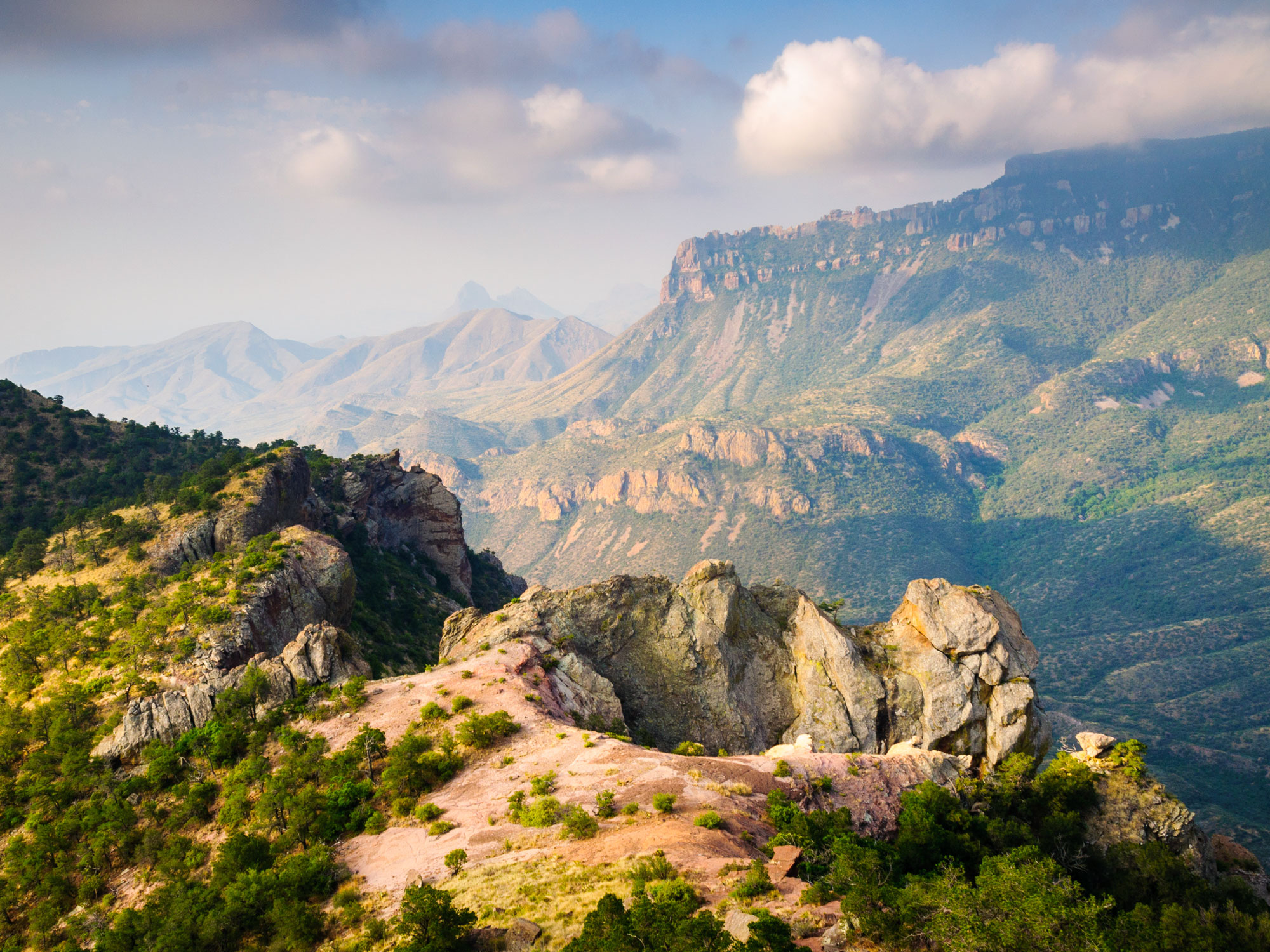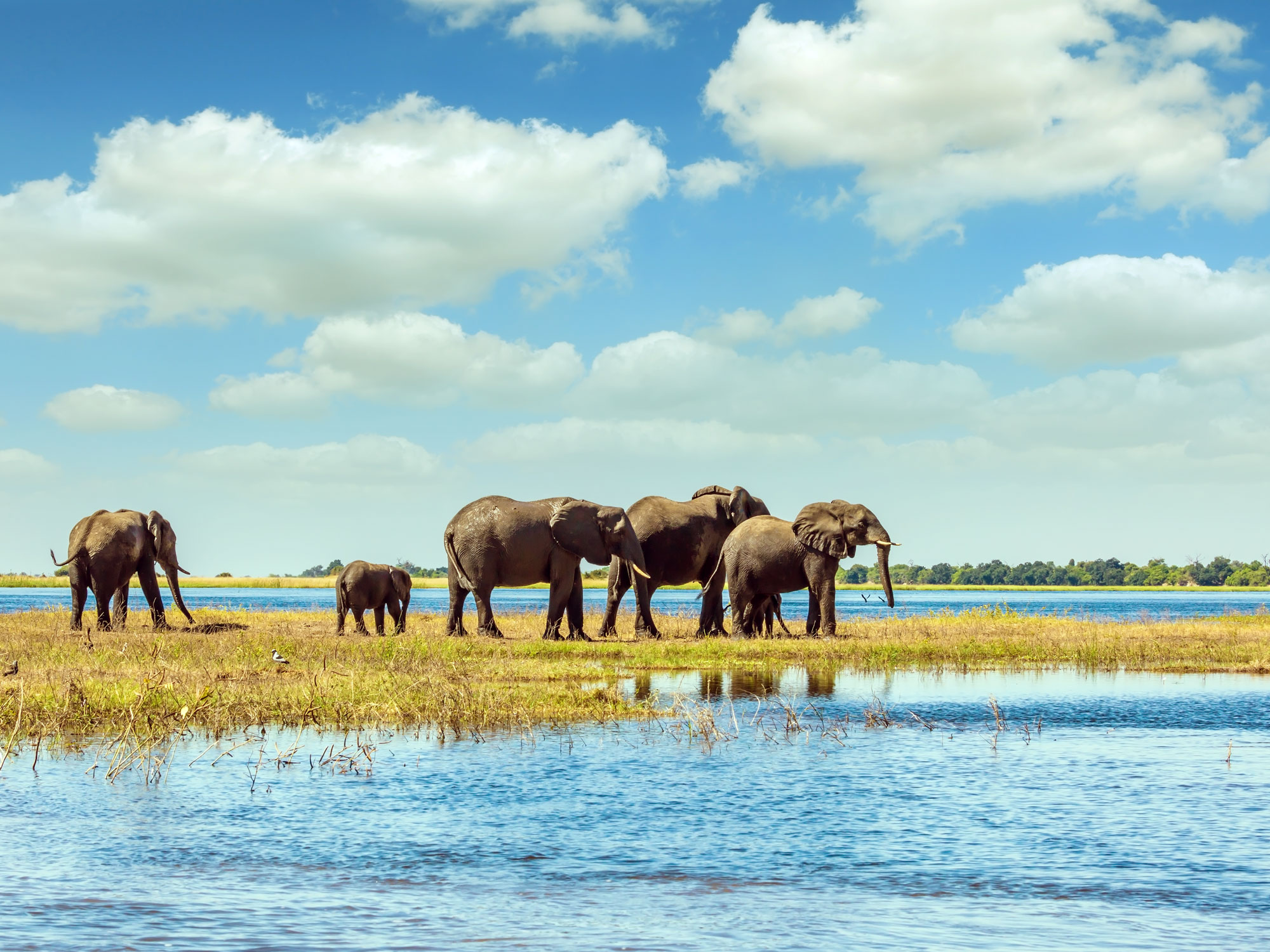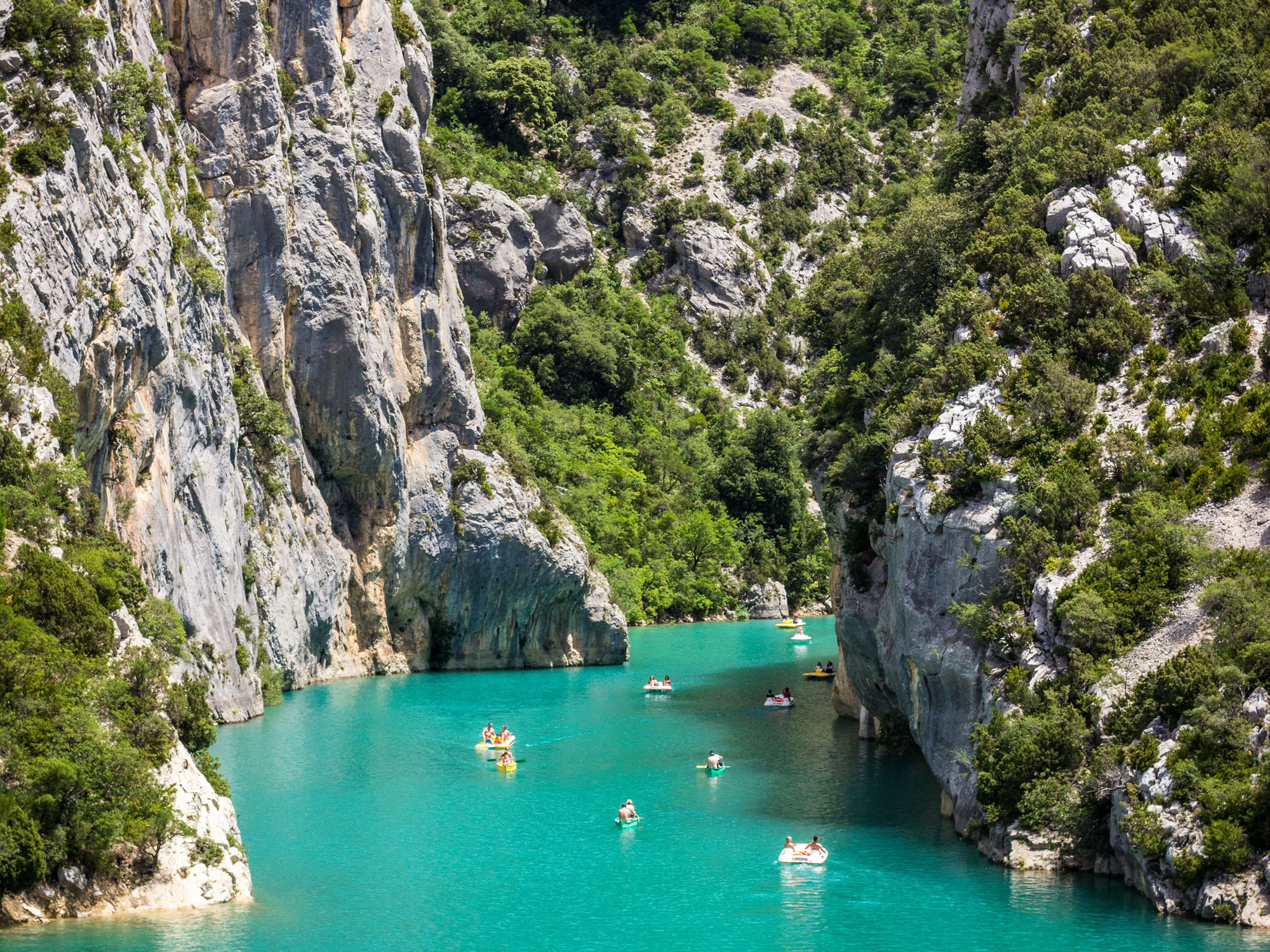The Best Spots for Stargazing in the U.S.
Thursday, August 17, 2023
Big Bend National Park — covering over 800,000 acres in West Texas — has the lowest level of light pollution of any national park in the lower 48 states. |
| Welcome to Daily Passport! Our emails introduce you to the world's most unique locations every day, all delivered for free to your inbox. We're excited you're here! | |
|
| | |  | | Texas |
| |  |
|
|
 |
|
| Are you ready to say "Bon Voyage"? Unsubscribe from future emails. |
|
|
| |
|
| Copyright © 2023 Daily Passport. All rights reserved. |
|
|
| |
|


posted by June Lesley at 7:01 AM




![]()
![]()








0 Comments:
Post a Comment
<< Home